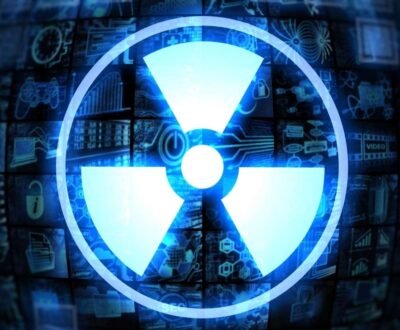A team at the Johns Hopkins Children’s Center, consisting of pediatric neuroradiologists and neurosurgeons, has found a way that can minimize the exposure of children, who have a condition that entails them to get repeat brain scans, to dangerous radiation. According to the experts, the exposure would be significantly lesser, without compromising on the accuracy of the diagnosis of images or treatment decisions.

This approach was described in a report that was published in the Journal of Neurosurgery, and requires the use of lesser ‘slices’ or snapshots of X-ray of the brain that were taken with the help of CT scanners: 7 instead of the conventional 32-40 slices. The study showed that this approach reduced the exposure to radiation by almost 92% at average per patient in comparison to the conventional heat CT scans, at the same time still providing diagnostically accurate images.
As said by the lead investigator of the study, who is also the leading neurosurgery resident at the Center, the traditional line of thinking was that lesser number of snapshots would mean less accuracy and also less clarity, causing the CT scan to be suboptimal. However, the findings of the study prove that thinking wrong.
During the research, CT scans were analyzed of patients who had excessive fluid inside the brain, a state that is called hydrocephalus and needs regular surgeries for fluid draining and a head CT prior to each procedure.
The investigators did a comparison between two customary CT scans and two low-dose, limited-slice CT scans for all of the 50 patients, aged 17 years or younger, who were being given treatment since about five years for hydrocephalus at the Center. The traditional images of the CT scans were achieved before the recent radiation-minimizing procedure’s launch.
In each of the 50 kids, the radiation-minimizing strategy gave 100% accurate and clear illustrations of the ventricles of the brain: the draining system responsible for carrying cerebrospinal fluid inside and outside the brain. However, while capturing alterations in the size of ventricles, the low-dose technique gave an error rate of 4%: two out of the 50 images had ambiguity, thus causing confusion among the staff that was responsible for reviewing them. False negatives weren’t found in the images, but 3 false positives were found, according to the study. This means that there was no instance in which clinicians mistakenly perceived regular ventricular size, however there were three instances in which clinicians perceived an alteration in the size of ventricles even though there wasn’t any.
According to the Hopkins team, the radiation-minimizing procedure could prove to be particularly significant in emergency rooms for children, where the requirement of fast diagnosis rules out that of more tiresome, radiation-free imaging options like MRI.
CT scans can be called precious tools for imaging that have transformed the treatment and diagnosis of several conditions by giving accurate, fast and reliable images, but according to the investigators, they have increases the level of radiation that both adults and xhildren are exposed to.
About us and this blog
We are a teleradiology service provider with a focus on helping our customers to repor their radiology studies. This blog brings you information about latest happenings in the medical radiology technology and practices.
Request a free quote
We offer professional teleradiology services that help hospitals and imaging centers to report their radiology cases on time with atmost quality.
Subscribe to our newsletter!
More from our blog
See all postsRecent Posts
- Understanding the Challenges of Teleradiology in India January 19, 2023
- Benefits of Teleradiology for Medical Practices January 16, 2023
- Digital Transformation of Radiology January 2, 2023









